Ancestry has a new record collection entitled “New Jersey, Episcopal Diocese of Newark Church Records, 1809-1816, 1825-1970.” In this group of records, you will find parish registers from Episcopal churches in the Diocese of Newark. Each register provides a record of the baptisms, marriages, and burials performed at that church. The records are indexed and are easily searchable. Sometimes, these registers include a list of families, persons confirmed, communicants, and details on offerings received by the church. However, these lists of families, communicants, et cetera are not yet indexed.
Baptismal records typically include, the name of the child, parents’ names, baptism date, and the officiator. In many cases the birth date and place are noted as well.
Marriage records include the marriage date, the couple’s names, residences, and the name of the officiator.
Lastly, burial records list the name of the deceased, date of death, date and place of the funeral, and officiating minister. Some funeral records may even include the cause of death and date and place of burial.
United States – New Jersey – State Census
Genealogists are usually well acquainted with the federal censuses taken each decade. Here in the United States, the first was taken in 1790. Many researchers may not know, however, that some states were taking state censuses every ten years on the five’s. For example, New Jersey has a census from 1855.
FamilySearch.org offers free access to all their database collections, including the New Jersey State Census of 1855. Most towns included in the census will only include the names of head-of-households, but the returns for Pequanac Township in Morris County also list the names of the wife and children in each household.
Missing areas in this census include, Burlington, Cape May, Mercer, Middlesex, Ocean, and Salem counties and unfortunately, other areas may be incomplete.
United States – Minnesota – School Records
FamilySearch has also made the Minnesota, Clay County, School Census Records, 1909-1962 available online. School records are a great resource for finding missing children in your family tree.
These records include digital images, but be aware! Some of the records contain many errors with some years incorrectly identified, particularly the 1960’s. Records will typically include the name of the student, the age of the student, and their parents’ or legal guardians’ names.
United States – Military

Page from Roll 1 1798 Aug-1806 Dec
U.S. Muster Rolls of the Marine Corps, 1798-1937 can now be searched from FamilySearch. These digital images were taken from microfilm rolls at the National Archives. The records are arranged chronologically by month, then by post, station or ship, and are part of Record Group 127 Records of the U.S. Marine Corps. Not all of these muster rolls are complete and some have not yet been indexed. Be sure to check back regularly as more of the records are indexed.
In the meantime, if you do find your targeted ancestor, the following information may be listed:
- Name of officer or enlisted man
- Rank and unit in which served
- Date of enlistment
- Date of re-enlistment
- Name of ship
- Notes regarding promotions, transfers, physical description, etc.
In some cases, muster rolls also contain the following:
- Injuries or illness and type of treatment
- Date of death or discharge
- Date of desertion
- Date of apprehension
- Date of court martial
- Sentence of court-martial
England: Yorkshire Genealogy Records – Baptisms
Findmypast has just added four new collections for Yorkshire England. The Yorkshire Baptism records collection has over 79,000 new records. These new additions cover Church of England parishes across Rotherham, the Roman Catholic parishes of Doncaster, St Peter in Chains, Knaresborough, St Mary, Rotherham, St Bede, Sheffield, St Marie Cathedral, Sheffield, St Vincent and Staveley, and St Joseph. Each record includes a transcript and an image of the original document.
By using the parish location and the parents names, you may be able to continue your search in the next collection.
England: Yorkshire Genealogy Records – Marriages
With over 28,000 new records added to this Findmypast collection, you may finally be able to locate great-grandpa’s marriage record in the Yorkshire Marriages. The record collection actually has over 2.4 million records spanning near 400 years. Because of the time span covering several centuries, information contained on the records may vary. You may find any of the following pieces of information:
- Name
- Birth year
- Marriage date and place
- Residence
- Occupation
- Marital Status
- Spouse’s name, residence, and occupation
- Father’s name and Spouse’s father’s name
- Name of witnesses
England: Yorkshire Genealogy Records – Banns
Findmypast’s collection of Yorkshire Banns has some new additions. Each of the nearly 600,000 records contain both a transcript and an image of the original document. Some information will vary, but may include a name, place of banns, date of banns, marriage year, residence, and the name of their spouse.
These banns cover a very lengthy time span with records as early as the 1600’s through the 1930’s. In this case, a bann of marriage is the public announcement in a Christian parish church of an upcoming marriage. Banns were read on three consecutive Sundays in the church of both the bride and the groom.
England: Yorkshire Genealogy Records – Burials
 Lastly, Findmypast has been adding to their over 4 million Yorkshire Burials. The records found in this collection record the details of Roman Catholics buried across five parishes in Doncaster, Knaresborough, Rotherham, Sheffield and Staveley. Information found in this collection may include name, age at death, birth year, burial date, and burial place. Each record will contain at least a transcript and some offer a digital image as well.
Lastly, Findmypast has been adding to their over 4 million Yorkshire Burials. The records found in this collection record the details of Roman Catholics buried across five parishes in Doncaster, Knaresborough, Rotherham, Sheffield and Staveley. Information found in this collection may include name, age at death, birth year, burial date, and burial place. Each record will contain at least a transcript and some offer a digital image as well.
Thank you for sharing these new genealogy records online with fellow genies and society members! We appreciate you helping us spread the good news.
Didn’t find the records you’ve been pining for? Click here for a Google-based strategy on searching online for genealogy records.
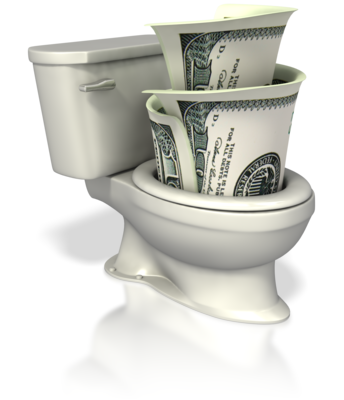 It looks like the U.S. Federal Government could learn a thing or two from savvy genealogists. The Washington Times is reporting that Congress’s auditor has discovered that our tax payer money given to the federal government isn’t being spent very wisely. (Imagine that!) Agencies fail to collaborate and share information, creating redundancy and overspending.
It looks like the U.S. Federal Government could learn a thing or two from savvy genealogists. The Washington Times is reporting that Congress’s auditor has discovered that our tax payer money given to the federal government isn’t being spent very wisely. (Imagine that!) Agencies fail to collaborate and share information, creating redundancy and overspending.

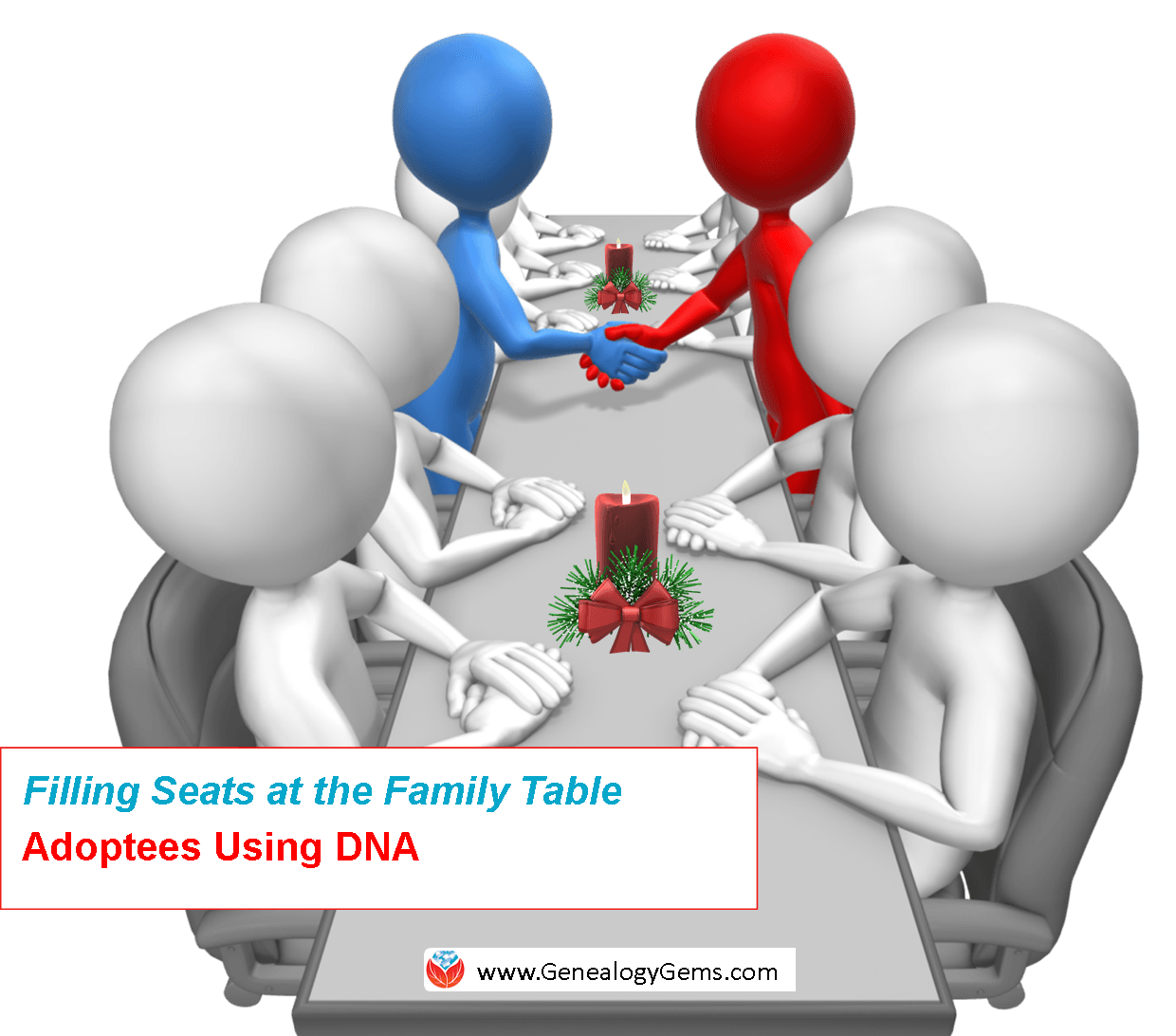
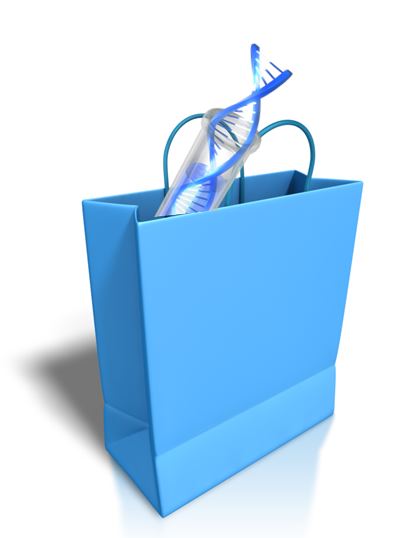
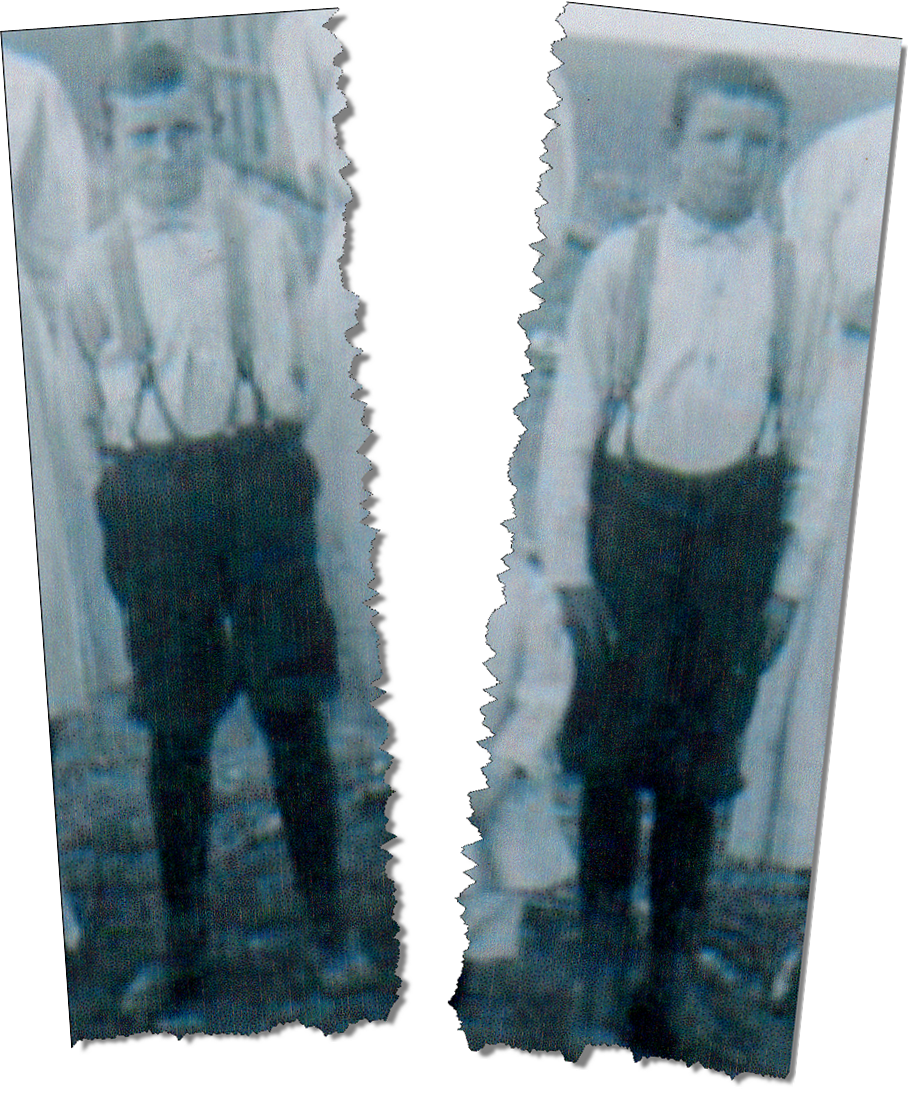
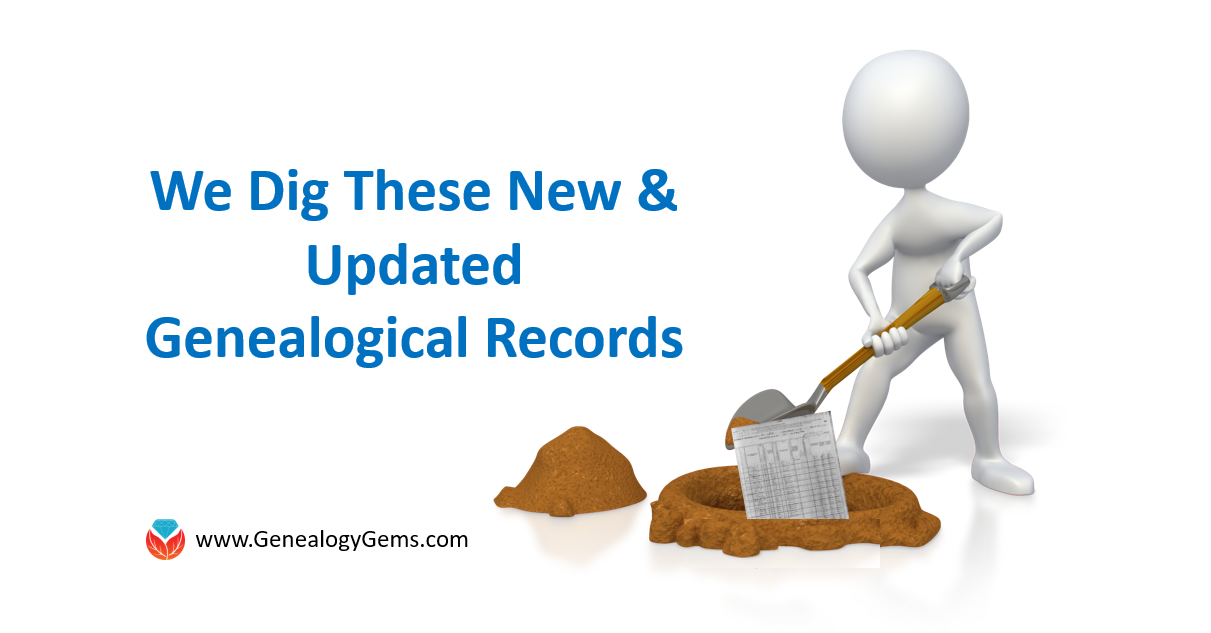

 Lastly, Findmypast has been adding to their over 4 million
Lastly, Findmypast has been adding to their over 4 million 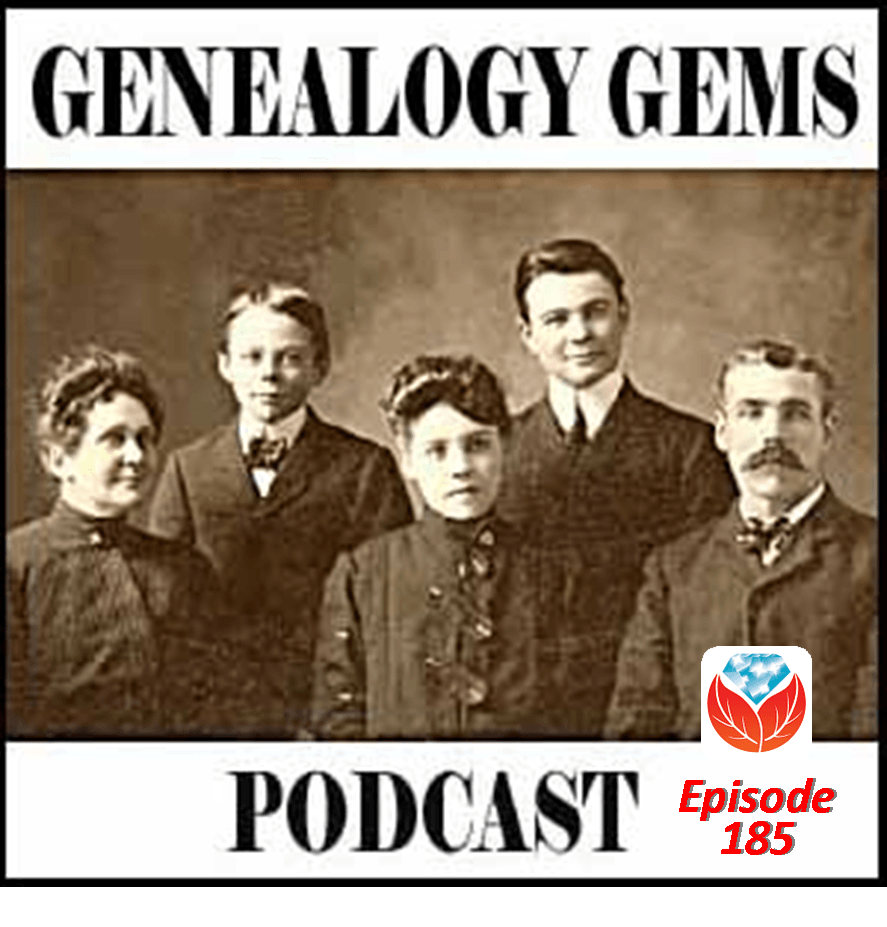 In the newly-published and FREE Genealogy Gems Podcast
In the newly-published and FREE Genealogy Gems Podcast Continuing our celebration of family history writing–in all its forms–we welcome George Ella Lyon, the poet laureate of Kentucky, to talk to us about a poetry initiative she started that’s all about family identity. Her “Where I’m From” writing prompt has reached around the world–and now we bring it to you!
Continuing our celebration of family history writing–in all its forms–we welcome George Ella Lyon, the poet laureate of Kentucky, to talk to us about a poetry initiative she started that’s all about family identity. Her “Where I’m From” writing prompt has reached around the world–and now we bring it to you!
